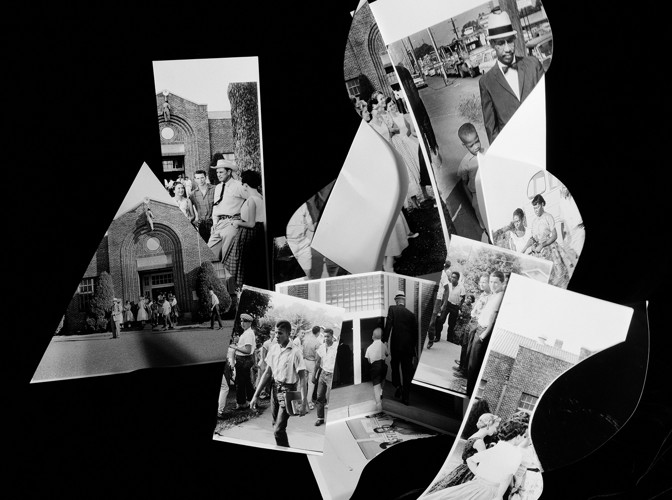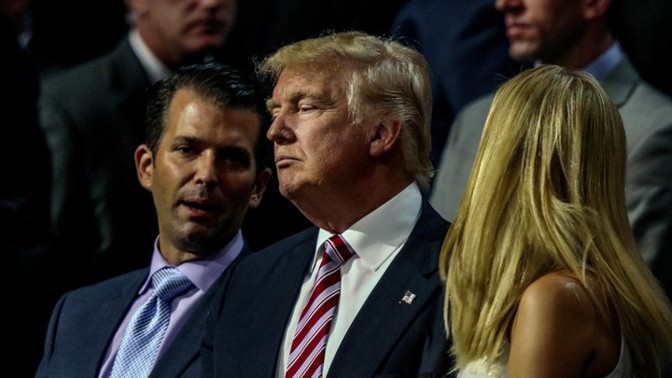Every weekday evening, our editors guide you through the biggest stories of the day, help you discover new ideas, and surprise you with moments of delight. Subscribe to get this delivered to your inbox.

In the years following Brown v. Board of Education, thousands of children desegregated America’s schools. “The task that fell to them was a brutal one,” our senior editor Rebecca J. Rosen writes.
White parents, and their children, attempted to block Black children from attending classes—often ruthlessly—using “bomb threats, beatings, protests. They physically blocked entrances to schools, vandalized lockers, threw rocks, taunted and jeered.”
In our new special project, titled “The Firsts,” our staff writer Adam Harris tells the stories of five students who lived through the transition.
Hugh Price
12 years old ♦ Taft Junior High School ♦ Washington, D.C., 1954
Price and his family fought for him to be one of the first Black students at his all-white high school in Washington, D.C. But once he was there, he “couldn’t wait for it to be over.”
Jo Ann Allen Boyce
14 years old ♦ Clinton High School ♦ Tennessee, 1956
Boyce and 11 other students desegregated their high school in Clinton, Tennessee. Then the riots came.
Sonnie Hereford IV
6 years old ♦ Fifth Avenue School ♦ Alabama, 1963
Hereford IV desegregated Alabama’s public schools in 1963. He was only 6 years old.
Millicent Brown
15 years old ♦ Rivers High School ♦ South Carolina, 1963
Brown changed Charleston, then watched it stay the same.
Frederick K. Brewington
9 years old ♦ Lindner Place Elementary School ♦ New York, 1966
Brewington’s education came at the end of a bitter civil-rights battle that engulfed New York State, more than a decade after Brown v. Board of Education.

33 days remain until the 2020 presidential election. Here’s today’s essential read:
The most illuminating moment of the debate occurred when the president went after one of Joe Biden’s children, Adam Serwer argues.
“Biden acted like a father, doing what almost any parent would have done,” he writes.
One question, answered: California continues to burn. Does wildfire smoke make COVID-19 worse?
The hosts of our Social Distance podcast talked with John Balmes, a pulmonologist who has studied inhaled pollutants for decades, to find out.
Here’s a snippet of their conversation:
John Balmes: One of the risk factors for smoke exposure is an increased risk of lower-respiratory-tract infections. That’s acute bronchitis and pneumonia, which is particularly problematic in the midst of the COVID-19 pandemic.
James Hamblin: Does it increase your risk of having more severe disease once you’ve been infected if you’ve been living in a place that has high levels of exposure to particulate matter versus someplace else?
Balmes: Yes, there’s a building evidence with regard to air pollution, and particulate matter in particular, and COVID-19.
Find the full episode, “Fires Outside, Virus Inside,” on Apple Podcasts and Spotify.
Want to better understand this specific virus? Here are three key reads from our team:
We all need small delights. Here’s a break from the news:
This calls for a toast: Panic! at the Disco’s debut album, which turns 15 this week, is “an audacious and unlikely classic.”
Did someone forward you this newsletter? Sign up here.
from The Atlantic https://ift.tt/2GtG9rO






0 comments:
Post a Comment